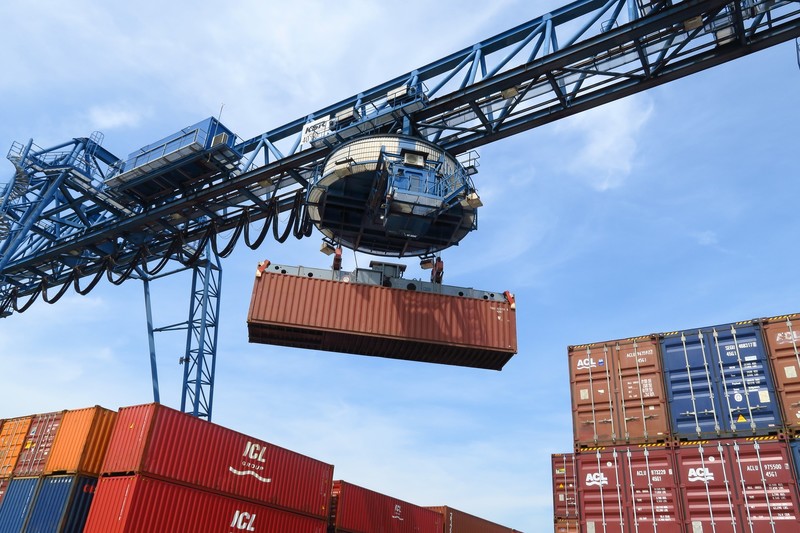Why shippers should consider “Fit-For-Purpose Packaging”
Loss-free delivery of cargo whether it's grapes from South Africa to Northern Europe, high-tech machinery from Europe to Australia or even clothing from China to Brazil, all cargoes need adequate protection.
Today, concern for the environment drives many commercial business decisions; one example is packaging. Some goods are at risk of being insufficiently packed due to the use of “green” materials that may lack the robustness to withstand the rigors encountered in the supply chain. Insufficient packaging is not only responsible for a high frequency of smaller losses due to the collapse of packaging but also for larger casualties when, for example, critical components or sophisticated CNC equipment suffer damage while being handled, loaded or stowed during the transport process.
All shippers need their goods to arrive at destination intact and in good condition and should therefore ensure they are packed fit for purpose. They should fully understand both the static and dynamic stresses inherent in the different modes of transport as defined in the CTU-Code. The Code represents state-of-the-art thinking; however, if national guidelines or directives of even higher standards are available, they take precedence. The application of such guidelines and directives also achieves the end goal of this statement, namely “fit-for-purpose packaging”.
Read the whole Statement on Fit-for-Purpose Packaging for the Transport of Goods HERE

